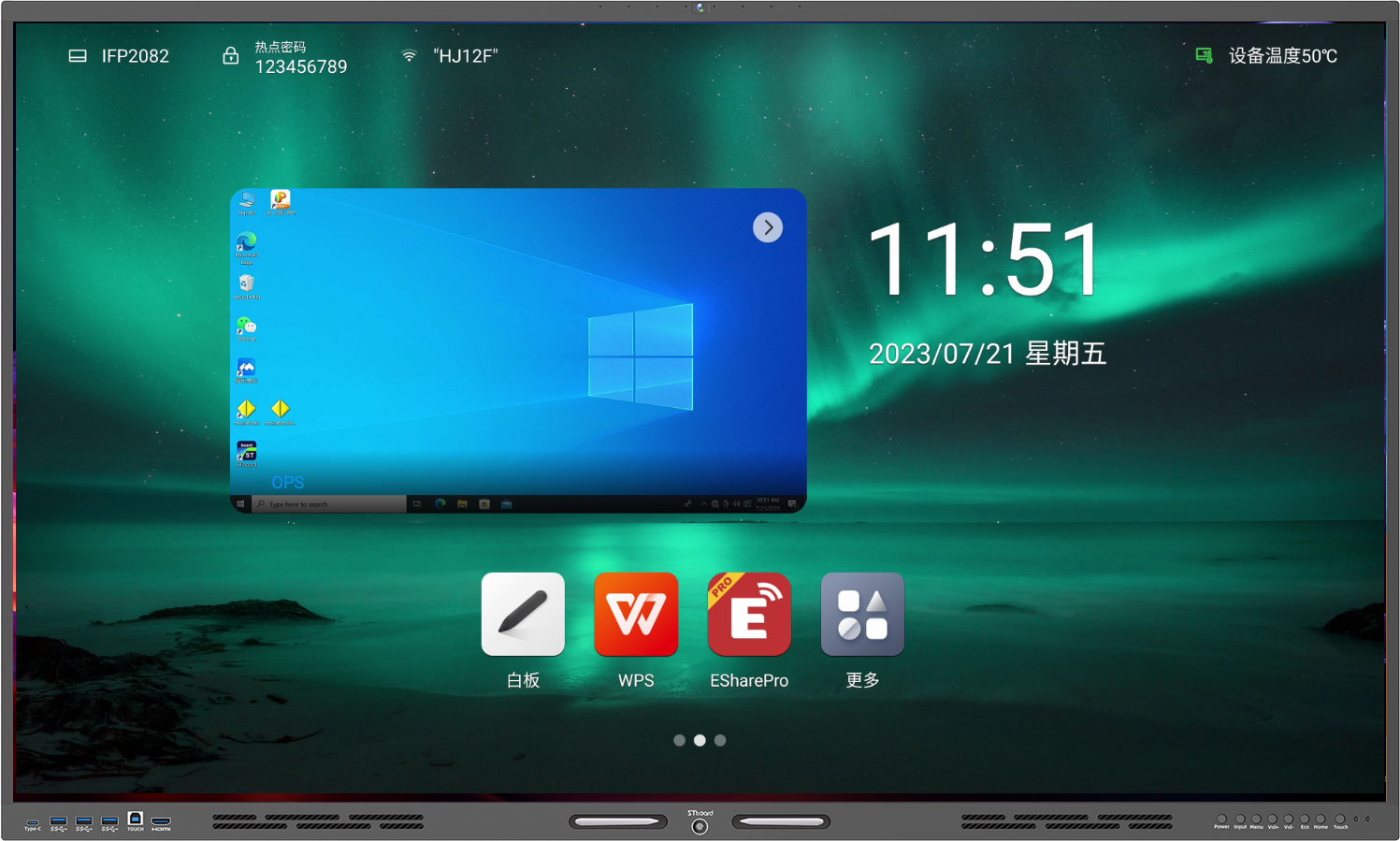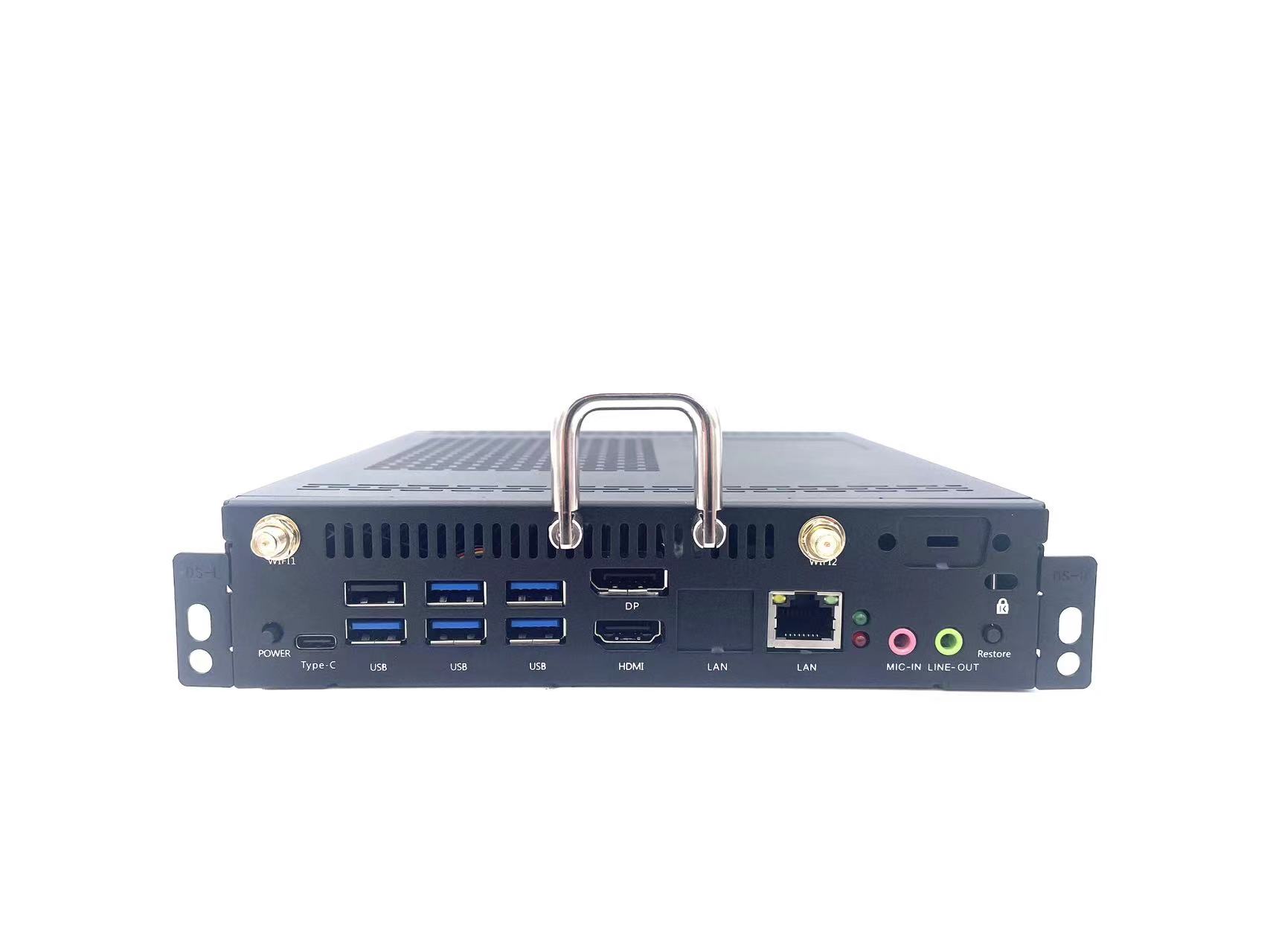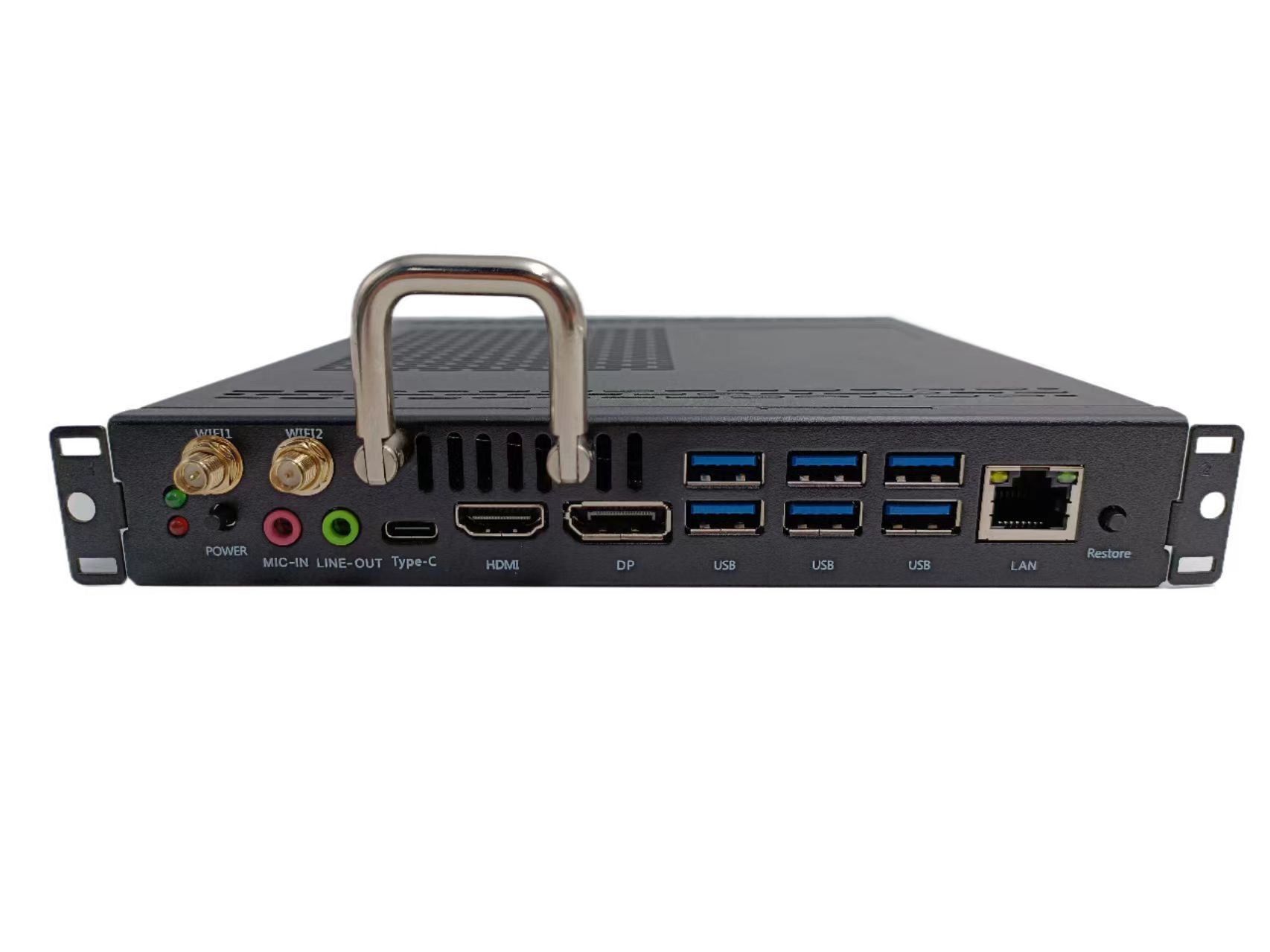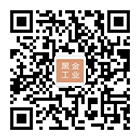Nowadays, electronic whiteboards are widely used in many aspects, especially in education. So, how can we effectively apply the electronic whiteboards we use? Nowadays, touch screen all-in-one machines make our work faster and more convenient. useinteractive whiteboardSeveral advantages of:
1. Effectively using electronic whiteboards, optimizing classroom introduction, and stimulating learning interest
A good classroom environment is the positive emotions, states, and psychological experiences of learning exhibited by the class in the classroom. Of course, for students, interest makes them the best teachers. This can greatly expand students' thinking and encourage them to actively think in the classroom, creating a relaxed and lively learning environment for them. In teaching, using interactive electronic whiteboards can stimulate students' interest in learning and their initiative to acquire knowledge.
Interactive electronic whiteboards, with their unique functions, endow students with an interest in learning and can solve the problem of the lack of coordinated development between logical thinking and visual thinking caused by the emphasis on cognition and the neglect of emotions, effectively improving students' quality. And it can guide the conscious with unconsciousness, accompany rationality with emotions, and guide students to learn in a relaxed and enjoyable state.
2. Effective application of electronic whiteboards can help students understand concepts and overcome difficulties in teaching
Through electronic whiteboards, some difficult to combine things can be connected to form a knowledge context, making it easier for students to identify the differences and connections between things, thus clearly finding their ideas and breaking through the difficulties and key points encountered in learning.
3. Effective applicationelectronic whiteboardMultiple channels can be established to improve comprehension ability
Electronic whiteboards can showcase a variety of information that can stimulate students' visual and auditory senses, stimulate their senses, strengthen their memory, and consolidate their knowledge. This allows students to prioritize key teaching points, overcome difficulties, optimize the teaching process, and better grasp the characteristics of the knowledge they have learned, thereby improving their ability to apply knowledge to solve problems.
4. Effectively utilizing electronic whiteboards, deepening classroom training, and improving practice efficiency
Practice is the activity of transforming knowledge into abilities and developing intelligence.





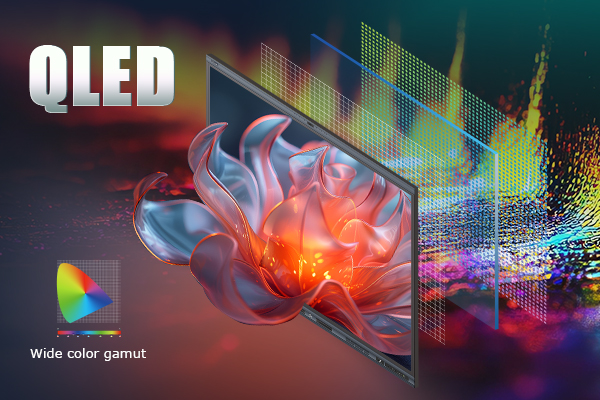

.png)

